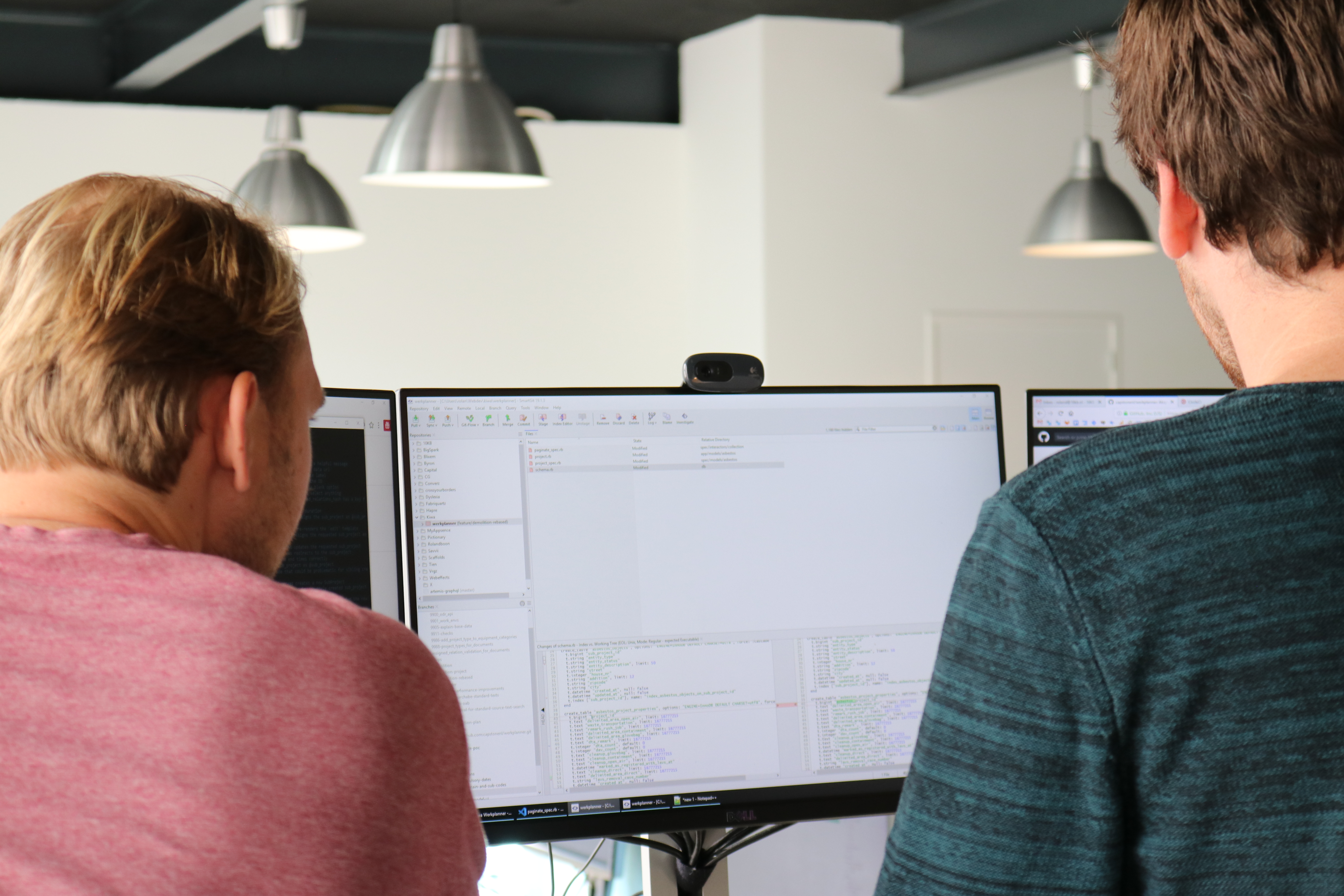Backend developers have for years been the silent force behind the scenes, whose work is crucial to the success of both emerging startups and established companies. But what exactly do these bright minds do backstage? They are architects of the digital infrastructure, building the foundations on which modern applications and systems rest. This article dives deeper into the multifaceted and indispensable contribution of backend developers to today's technology projects.
The role of a backend developer in modern projects
Indispensable power

Written by Linda
What does a backend developer do?
Backend developers work on the server side of software and applications; a domain that remains invisible to the average user, but is essential to the user experience. Their responsibilities include designing and maintaining databases, ensuring communication between the server and users' applications, and implementing the application's logic that forms the basis for functionalities (which frontenders can then work with in turn). Furthermore, backend developers ensure the scalability and security of the system.
Data management and security (DB & Security)
At the basis of all software is data. A backend developer is responsible for designing, implementing and maintaining databases that lay this foundation. Databases must not only be efficient and scalable, but also secure against unauthorised access and potential data breaches. How you set up these databases partly determines how secure they are. For example, by using GraphQL, data can be securely transported to and from an application's user interface. There are other techniques that backend developers employ to ensure security, such as:
- Using complex security protocols ensures that every database interaction is secure against cyber threats.
- Implementing authentication and authorisation mechanisms.
- Encrypting sensitive data.
- Regularly updating security measures to comply with the latest security standards and practices.
- Creating robust backup systems and disaster recovery plans.
- Continuously monitoring systems for possible vulnerabilities and potential threats.
Writing APIs
Another task of backend developers is designing and implementing APIs. APIs enable communication between different software applications, allowing these systems to seamlessly share and integrate data. These interfaces allow complex systems, developed independently of each other, to be connected to each other without having to overhaul the entire architecture. Besides traditional APIs, backend developers are increasingly focusing on developing real-time APIs using so-called WebSockets. This technology enables direct communication between a client and a server, allowing data to be exchanged instantly as soon as it becomes available. This is essential for supporting interactive and dynamic applications such as chat applications and live financial trading platforms, where delays in data transmission can seriously affect the user experience.
Microservices instead of one bin of code
The development of microservices is another major trend that backend developers are focusing on. By developing smaller, self-contained functionalities that act as independent services, developers can build complex applications that are easier to understand, maintain and scale. This approach allows specific parts of an application to be developed and deployed independently, reducing project complexity and increasing efficiency. Microservices architecture essentially increases system resilience; if one component fails, it does not affect the rest of the application.
Optimisation and sustainability
Within software development, there are several facets that can optimise an application. In the backend, the main focus is on the architecture. By using advanced tools and techniques, such as query profiling and index optimisation, it is possible to significantly reduce application response times. This ensures optimal performance at the end user and also improves the cost-effectiveness of projects through efficient use of resources. In the era of growing environmental and sustainability awareness, backend developers have a big role to play in minimising the environmental footprint of software development. By writing optimised code that consumes fewer server resources, for example, and minimising the load on infrastructure. By making efficient use of computing power and memory, they can reduce the energy consumption of applications and thus contribute to a greener IT industry.
Continuous integration & delivery (CI/CD)
CI/CD comprises a set of practices and tools aimed at automating the process of building, testing and deploying software. Creating a so-called CI/CD pipeline is an important part of a backend developer's job description and ensures that code is automatically integrated, tested and deployed to the production environment after each change. Without these pipelines, it can sometimes take weeks rather than hours to add new features, and they thus ensure that applications remain stable and reliable even during rapid iterations and frequent updates. By investing in CI/CD implementation, organisations can not only optimise their development processes, but also strengthen their competitive position and deliver valuable user experiences.
Conclusion
Backend developers play a crucial role in modern projects by managing and securing data, developing APIs and ensuring sustainable and efficient development practices. By investing in the growth and development of these professionals, organisations can benefit from improved system performance, increased efficiency and a more sustainable approach to technology development.
